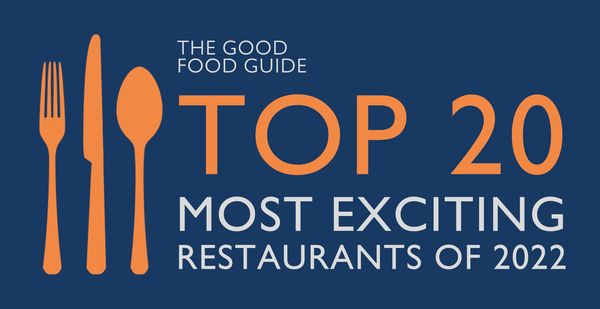Fergus Henderson and Trevor Gulliver have been responsible for one of the most important breakaway movements in modern British cooking. They got things spot-on from the start and became pacesetters for a new generation. In celebration of their 30 years in The Good Food Guide and their place in the shortlist for Restaurant of the Year at The Good Food Guide Awards 2025, in partnership with OpenTable, we dip into the archives to follow just how much has changed over the decades.
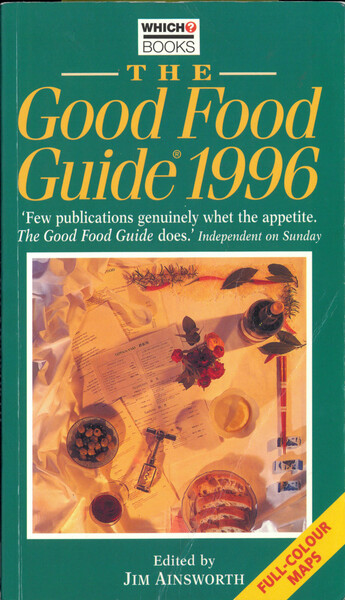 The Good Food Guide 1996
The Good Food Guide 1996
'St John is a one-off, an original that deals largely, but not exclusively, in offal. It has a mission. Those who eat only lamb chops, rump steak and pork fillet are missing out on some very tasty dishes indeed. Many restaurants get as far as oxtail and stop, but Fergus Henderson carries right on through the middle and out the other end.
'This "nose-to-tail" eating is invigorating for those to whom variety matters, and sad that it has all but disappeared from our tables. Given that tongue, trotters and brisket are among the less expensive cuts, it is surprising that the recession has not winkled them out in greater numbers before now.'
The Good Food Guide 1997
'Puddings reminded one reporter of school dinners, though thankfully in name only: rhubarb and custard tart, or a sophisticated queen of puddings, made from ginger and fig.
'It is not necessary to eat three courses – the bar serves half a dozen rock oysters and a pint of Guinness for £5.'
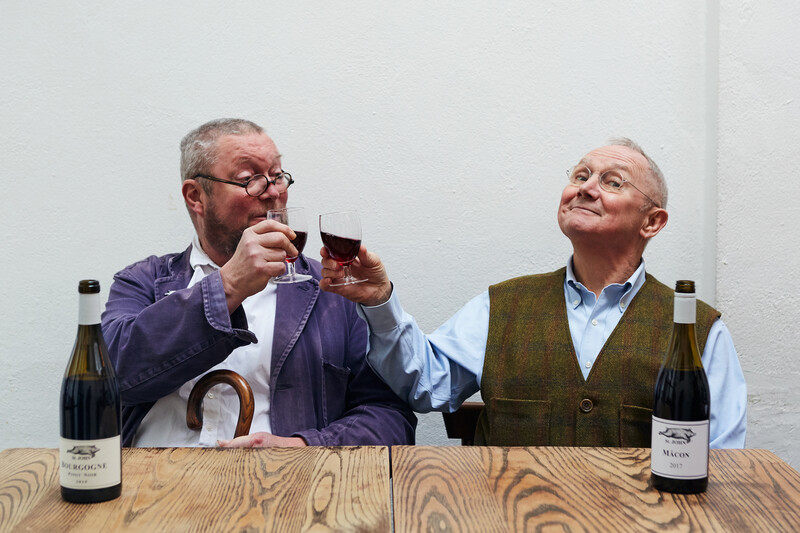
The Good Food Guide 1998
'The logo is a pig, and so well bred it might appear in Debrett: smoked Gloucester Old Spot with chutney, or roast Tamworth with rape that was "far superior to the norm" with "brilliant crackling". "They try hard, and succeed part of the time," reckoned one reporter. Roast bone marrow with parsley salad continues to draw plaudits.'
The Good Food Guide 1999
'Let’s make no bones about it: this bar/restaurant is "the place to consume dead animals and drink". Vegetarians do get a look-in but only if they don’t object to sitting next to someone eating a duck’s neck. The spartan atmosphere of this former smokehouse, all white stone and concrete with grey floorboards is striking ("like eating out in rural Hungary"), while staff uniforms bear a passing resemblance to butchers’ kit.'
The Good Food Guide 2000
'Henderson is not a suicidal restaurateur: only one or two internal organs appear on any given menu, the rest being taken up with crab mayonnaise, grilled razor clams, Manx kippers, pigeon with lentils and peas, or Gloucester Old Spot chop.
... Non-smokers will be pleased to learn that air conditioning has been installed.'
The Good Food Guide 2003
'The menu is as thrifty as everything else, listing a starter of "sea kale" or a main course of "lemon sole"; so nobody can be disappointed if that is all they get. There are novel variations of familiar ideas (such as salt lamb and caper sauce, or snails with chickpeas and sausage), and sometimes a few rough edges to the cooking, but they go with the peasanty style.'
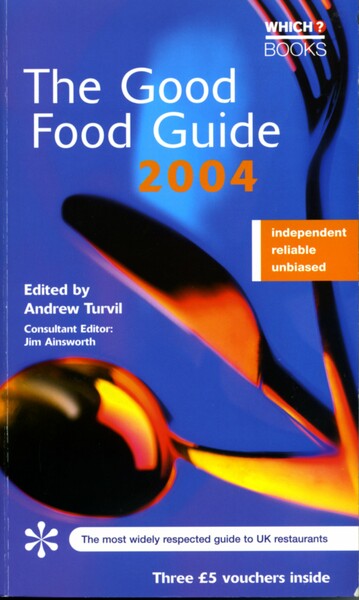
The Good Food Guide 2004
'St John ranks highly in the must-be-tried restaurants in London. These are dishes you’ll struggle to find anywhere else. "Items such as ox heart with swede are enough to shock even the most robust diner," said one reporter who nonetheless settled on a main course of suckling kid, "a huge portion served with a fine compote of fennel".'
The Good Food Guide 2005
'There are no restrictions on smoking, and the atmosphere has been reported as "rather fuggy".'
The Good Food Guide 2006
'The entirely French wine list might raise eyebrows these days - but then, what could be more British? A spare £575 will buy you a bottle of La Tâche, or you might settle for the Languedoc Syrah at £13.50.'
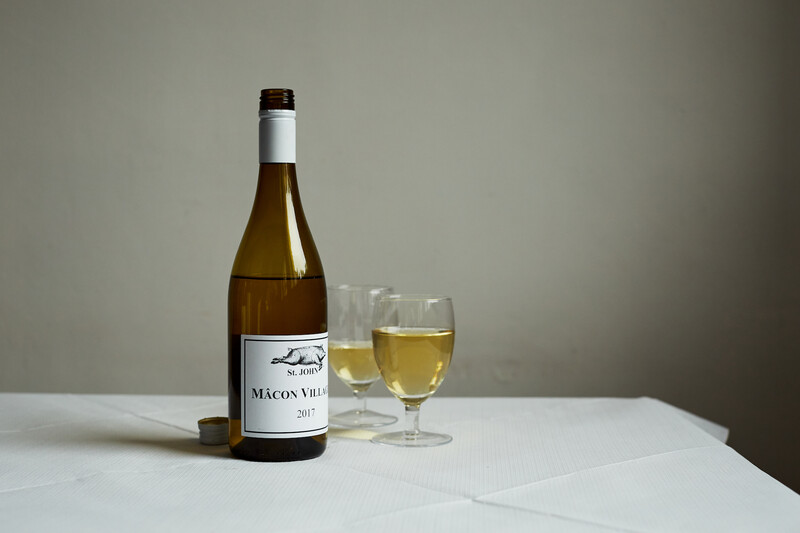
The Good Food Guide 2007
St John won London Restaurant of the Year
'Desserts range from the traditional jam roly poly - "no school version has ever tasted like this one" to the appealing blood orange sorbet and Russian vodka, followed, perhaps, by freshly baked madeleines.'
The Good Food Guide 2008
'St John has legion admirers, but one reader (and self-confessed fan) reports disappointedly this year of "brusque service" and second-best menu substitutions, bewailing the high price charged for "a small piece of meat with some lukewarm beetroot". Though portions aren't usually ungenerous, the line between no-frills presentation and parsimony may be too fine for some. Similar caveats should be raised about the décor; to some the former smokehouse's white walls and floors, and its schoolroom chairs will be the height of cool; to others it will be plain spartan. Wine on the all-French list starts at £15. Note that there's also a friendly bar and excellent in-house bakery.'
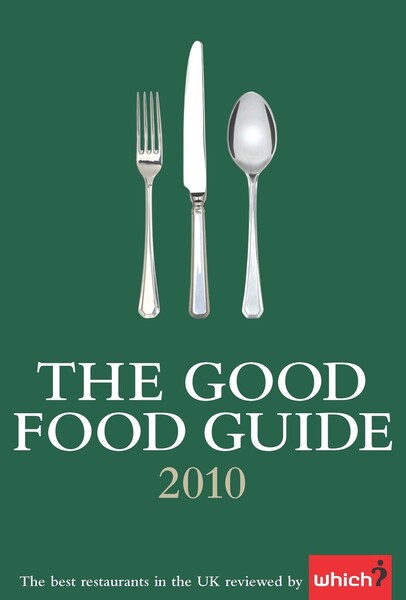
The Good Food Guide 2010
'It all seemed rather revolutionary back in the '90s: buy up a defunct smokehouse round the corner from Smithfield Market, fill it with a ramshackle selection of old furniture and devise a stripped-bare menu stuffed with thrifty off cuts from the larder, the farm and the countryside. There was even a clever hook and slogan for the whole thing: it was dubbed ‘nose-to-tail eating’. Since then, the concept has spread faster than a patch of nettles, and no one bats an eyelid if St John's menu lists kohlrabi as a starter or Eccles cake with Lancashire cheese for afters. It's all in the detail - or the uncompromising lack of it. Fergus Henderson's serious obsession with offal and butchery's less glamorous bits is legendary (lamb's tongue, ox heart, bone marrow and pig's trotters are his stock in trade) and he understands that flavour, freshness and provenance come first.'
The Good Food Guide 2015
'Honesty is the clarion call at St John: a defunct Smithfield smokehouse reinvented as the spiritual home of "nose-to-tail" eating. The notion of serving reinvented poorhouse victuals, butcher’s offcuts and pickings from almost-forgotten regional curiosities was revolutionary in the 1990s. These days it’s de rigueur for self-respecting chefs to show some familiarity with bone marrow, ducks’ hearts and pig’s ears – probably with dandelion leaves or alexanders on the side. What sets this place apart from its imitators is an unswerving devotion to provenance, blood-and-guts freshness and flavour.'
The Good Food Guide 2018
'Admittedly some of the primal gore has been toned down, but the kitchen still glorifies blood-and-guts freshness, thrifty offcuts, wild pickings and delicacies that were once consigned to the dustbin of poorhouse victuals.'
The Good Food Guide 2020
'Fergus Henderson can truly lay claim to having brought about one of the dining revolutions in London a quarter-century ago, and it has proved, moreover, a lasting phenomenon.'
The Good Food Guide 2025
'Three decades on, St John appears to have changed not one jot. Still the same whitewashed walls, the same squat wine glasses, the same commitment to "nose-to-tail" cookery. When we visited, there was a dish on the daily menu from the restaurant's second cookbook (published 2007): called simply "kohlrabi", it is simply kohlrabi – albeit mandolined and lavished with olive oil, lemon, capers and chervil. An excellent use of a maligned vegetable, but the £11 price tag speaks of 2025.
There's no doubt that eating at St John can sometimes test your faith. Our beef broth was straightforward enough, but the vegetables looked like they had been chopped by someone’s granny in a rush to get tea on the table (but, oh boy, can granny cook).

